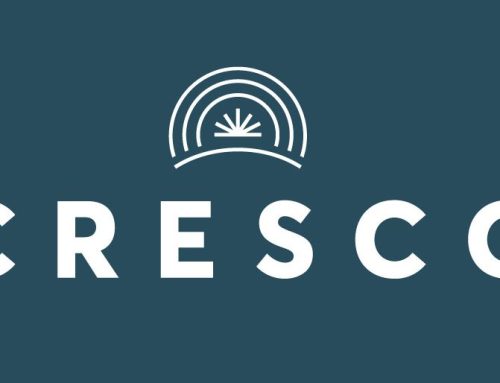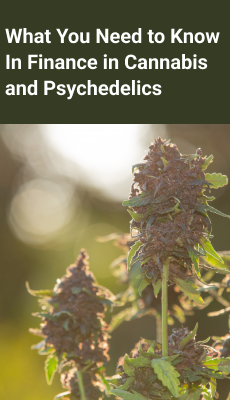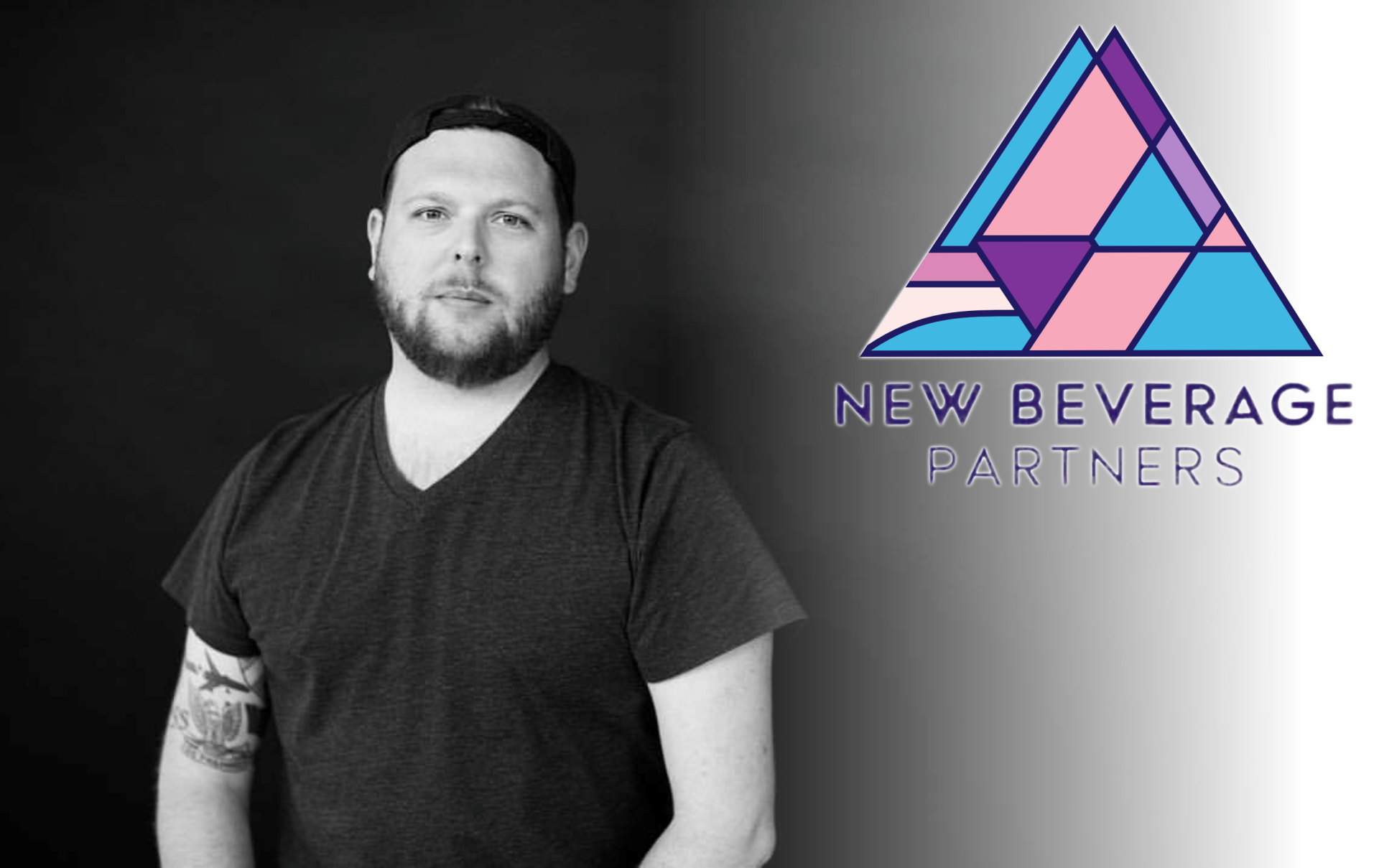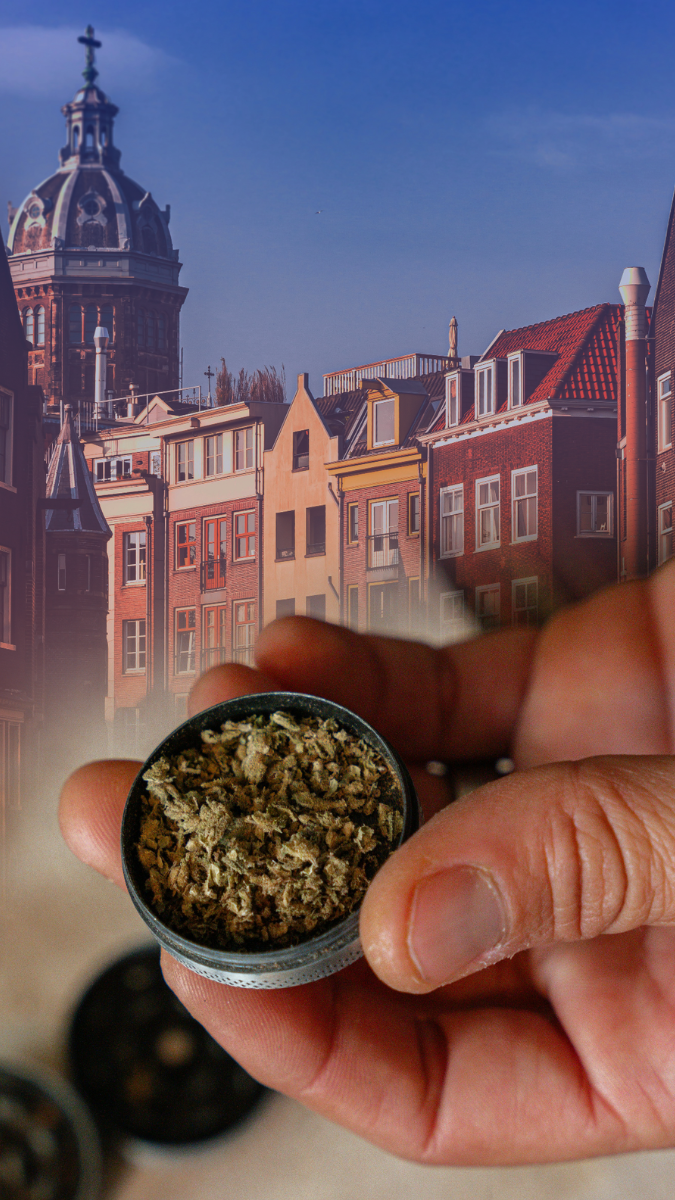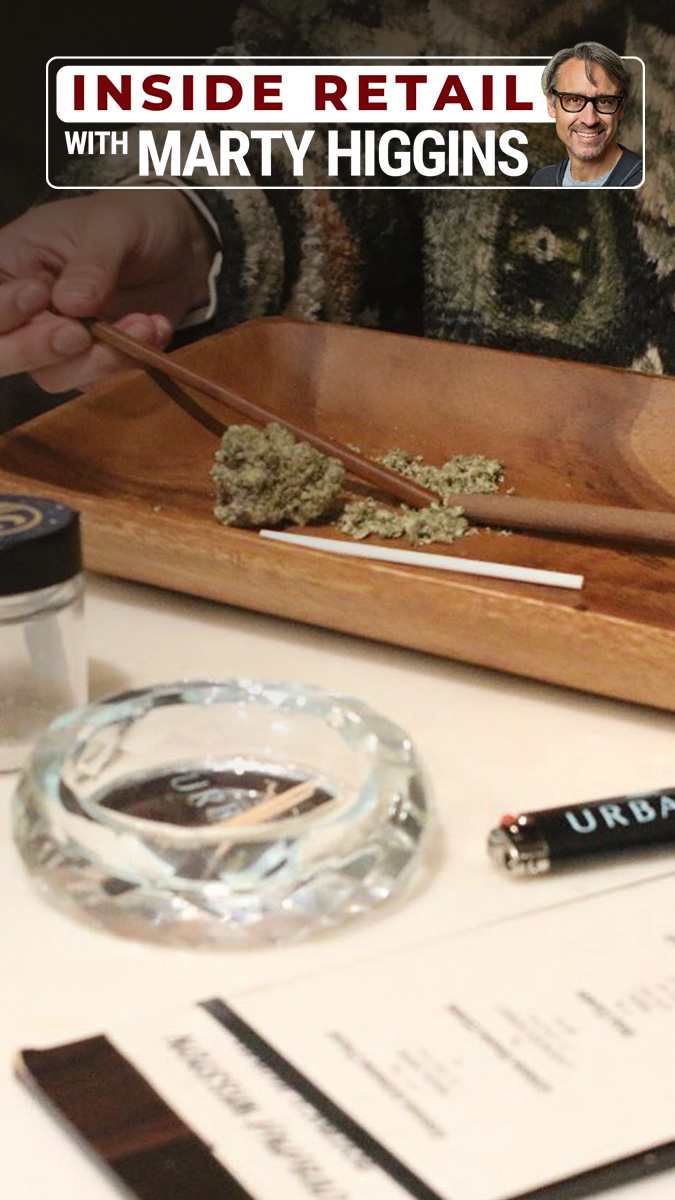Glass House Brands Reports Q3 2025 Financial Results
LONG BEACH – Glass House Brands Inc. disclosed third-quarter 2025 earnings that showed a marked slowdown in sales and profitability, chalked up to deliberate shifts in its labor strategy.
The company posted revenue of $38.4 million for the period, meeting the high end of its forecast but marking a steep 40% decline from $63.8 million a year earlier. Sequential sales also fell, from $59.9 million in the prior quarter, as output scaled back amid hiring disruptions. Gross margins compressed to 31%, down sharply from 52% in the year-ago period, reflecting higher production costs that climbed to $128 per equivalent dry pound, up from $103 last year.
Adjusted EBITDA swung to a loss of $2.3 million, a reversal from the $20.4 million profit recorded in Q3 2024. Operating cash flow turned negative at $5.1 million, compared with $13.2 million generated a year prior. Production volume came in at 123,986 equivalent dry pounds, surpassing guidance but still less than half the 232,295 pounds harvested in the third quarter of 2024.
These figures stem from a midyear decision to overhaul recruitment and contractor management following labor issues, which led to temporary shortages and reduced planting. “We made the hard decision to completely revamp hiring and staffing practices,” said Kyle Kazan, the company’s co-founder, chairman, and CEO, in a statement. The moves, while disruptive in the short term, aim to stabilize operations long-term.
Glass House ended the quarter with $29.8 million in cash and equivalents, down from $44.2 million at the close of June. Debt levels held steady, providing a buffer as the company eyes recovery.
Looking ahead, executives anticipate a rebound in the fourth quarter, with revenue projected to approach last year’s $53 million mark as greenhouses ramp up. Full production at current facilities is slated for the first quarter of 2026, and the company plans to plant its largest Cannabis acreage ever by December. Management reiterated its goal of hitting $95 per pound in full-year biomass costs, a benchmark that could help margins if wholesale prices stabilize.
Adding to its market profile, Glass House marked a milestone in October by becoming the first U.S. Cannabis stock available for trading on the Robinhood app, opening doors to a wider pool of retail investors.
For Glass House, these results show just how tricky things are for California operators, finding the perfect combo of cost controls and output in a market squeezed by oversupply and regulatory challenges. Investors may view the staffing pivot as prudent, though the near-term hit tests patience in an industry where cash burn can quickly erode market share. As federal reform talks drag on without any major breakthroughs, regional players like Glass House should navigate these rough waters with precision to make it out stronger.




















